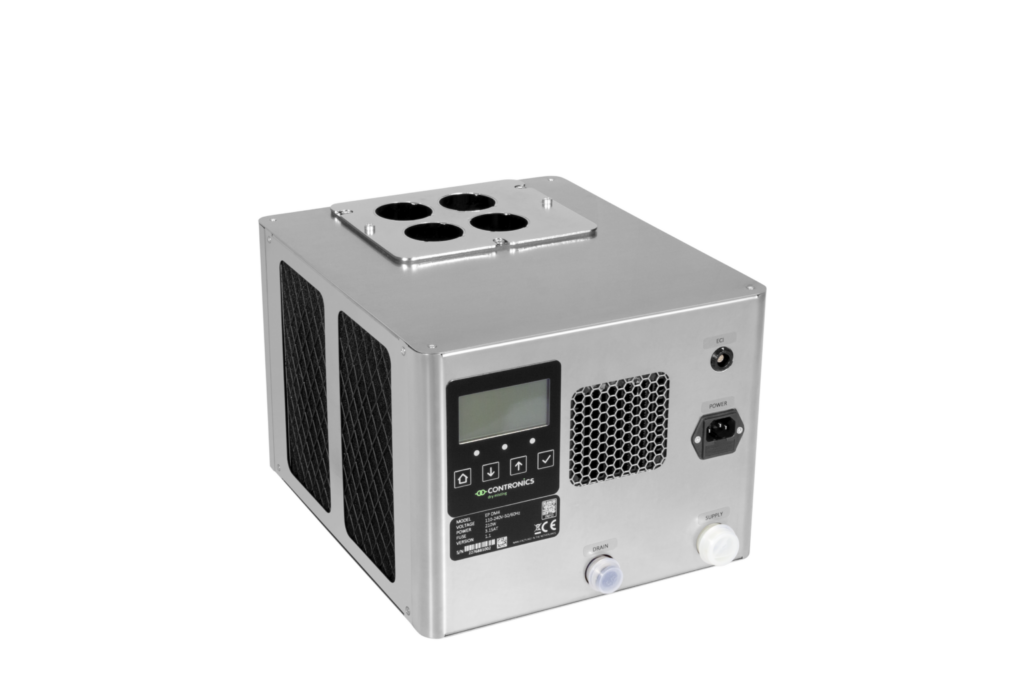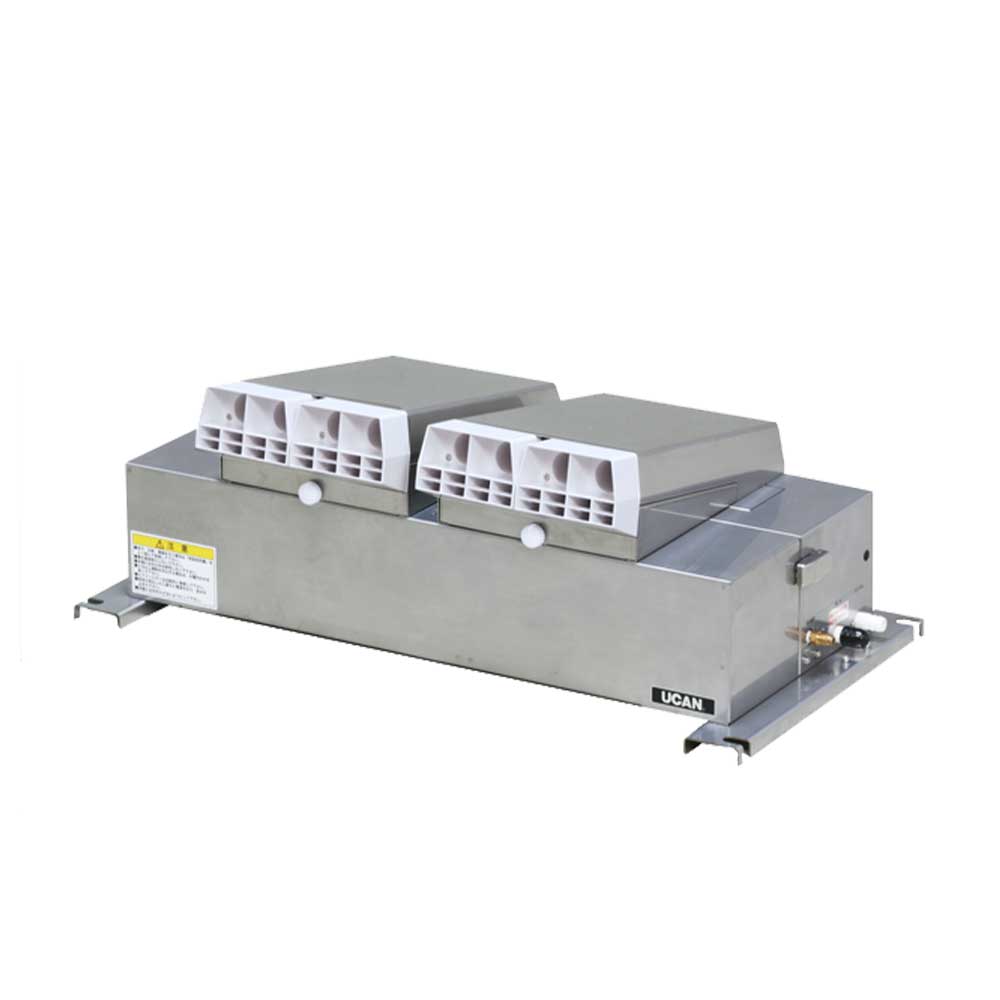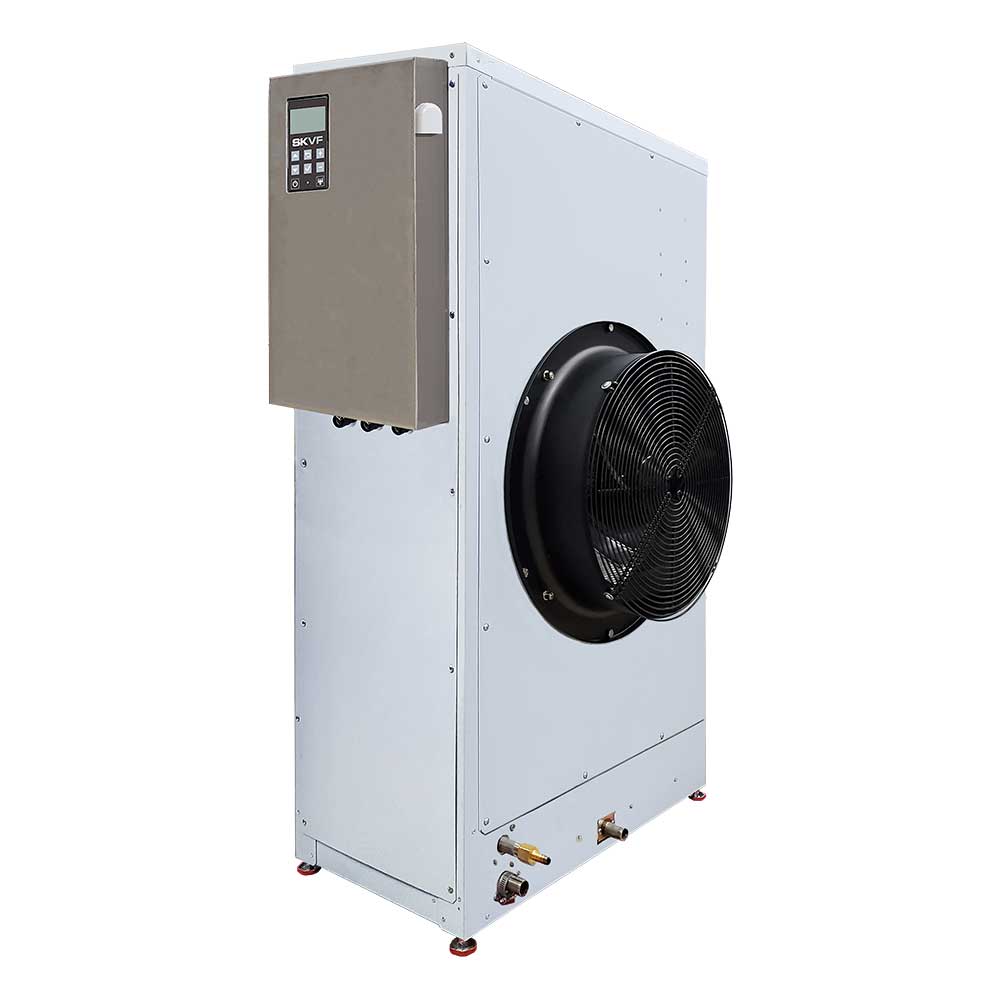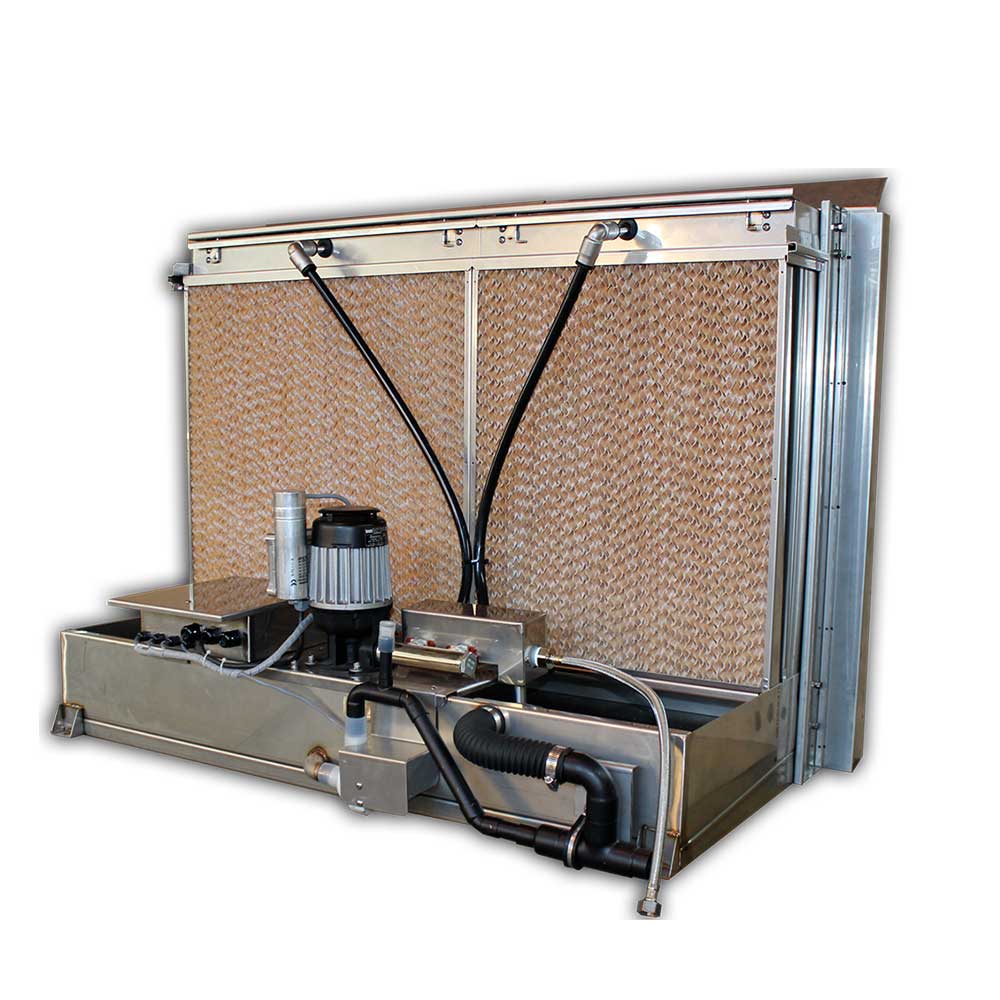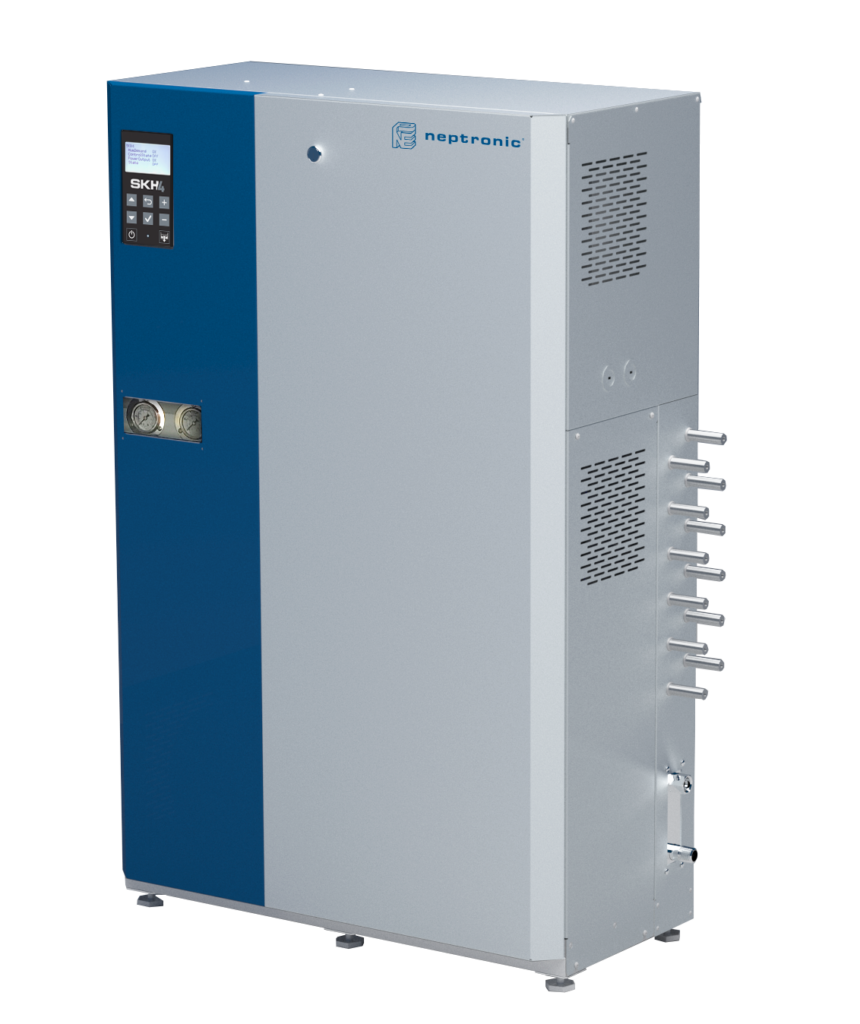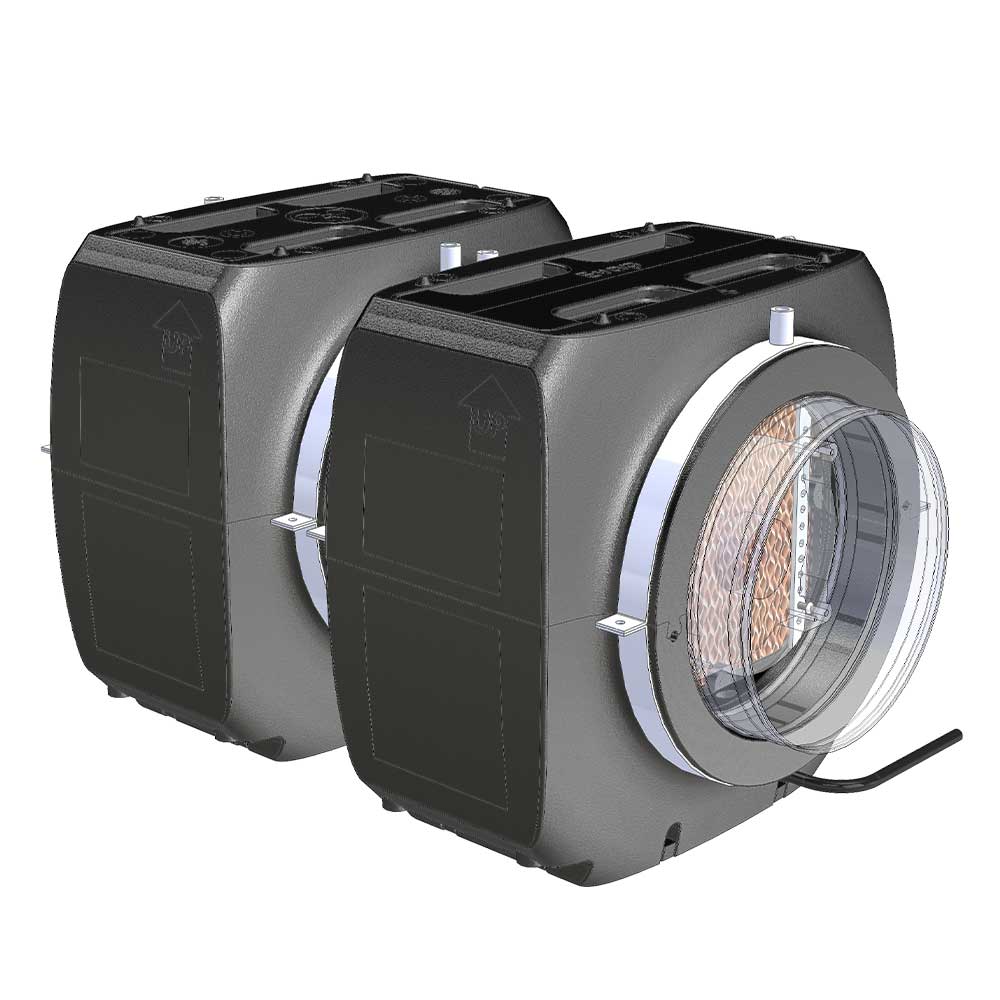Main Menu
Cold Water Humidifiers
Our range of cold-water humidifiers is an ideal solution for industrial humidification and air cooling for a variety of industries and commercial environments. Cold water humidifiers are one of the most energy-efficient methods of industrial humidification, with air cooling as a natural result of the humidifying process. We source a selection of evaporative, high-pressure, and ultrasonic humidifiers from top manufacturers in Europe and Japan, ensuring only the highest quality products are made available to our customers.
To find out more about how to choose a cold-water humidifier, contact one of our product experts for more advice.
The high pressure water system provides energy efficient humidification to small medium and large applications.
Contronics Ultrasonic Humidifiers use technology that disperses tiny drops of water in the air, generating a fine mist layer adding humidity to the space.
Ultrasonic humidifiers convert water into a fine mist using high frequency vibrating oscillator, resulting in extremely energy efficient humidification.
Neptronic SKVF Evaporative Cooler is engineered to offer maximum comfort in large scale applications, the SKVF provides humidification and cooling.
The Neptronic SKV Evaporative Cooling humidifier is ideal for applications requiring cost effective and hygienic solutions. Providing both humidification and free cooling, the Neptronic SKV also comes with a silver-ion cartridge to prevent microbial growth and a 5μm pre-filter to create safe, treated airflow.
Neptronic SKH4 pumps water at high pressure to create a fine mist. This evaporates, naturally cooling and humidifying the space.
The HomEvap Humidifier range offers safe and energy-efficient humidifiers and coolers are ideal for homes and offices.
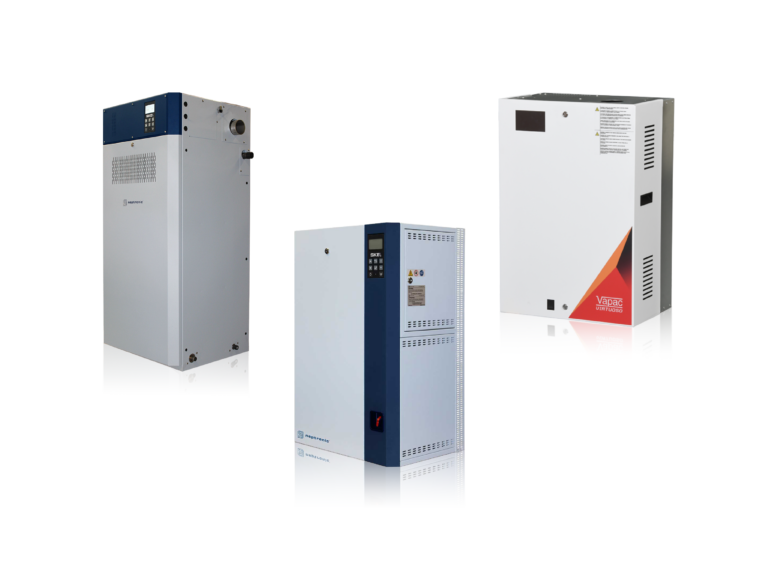 Industrial Humidifiers
Industrial Humidifiers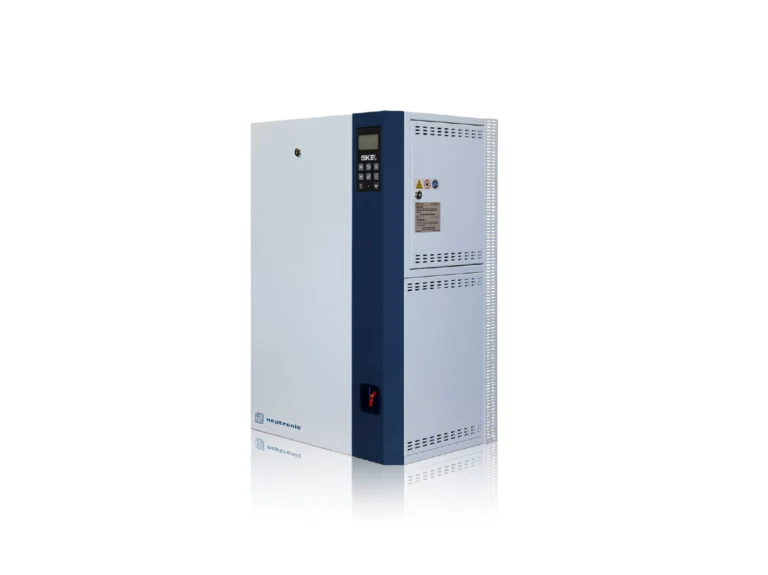 Steam Humidifiers
Steam Humidifiers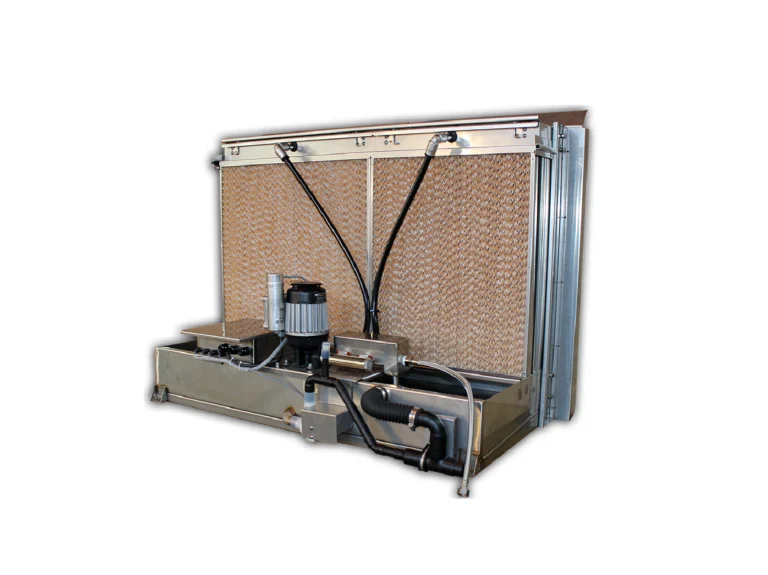 Cold Water Humidifiers
Cold Water Humidifiers Hot Yoga Humidifiers
Hot Yoga Humidifiers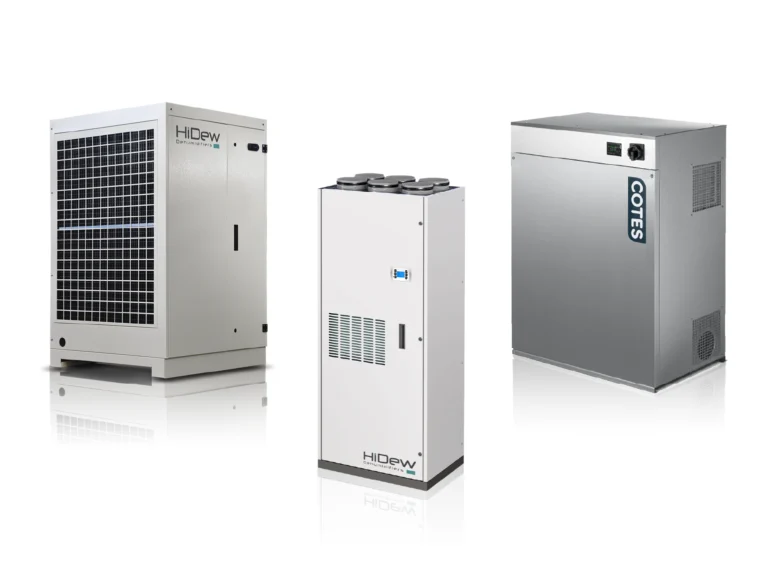 Industrial Dehumidifiers
Industrial Dehumidifiers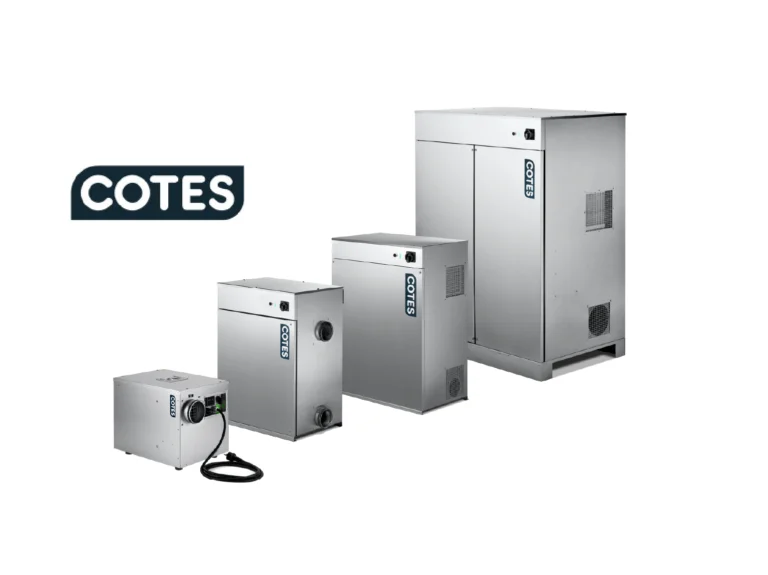 Desiccant Dehumidifiers
Desiccant Dehumidifiers Refrigerant Dehumidifiers
Refrigerant Dehumidifiers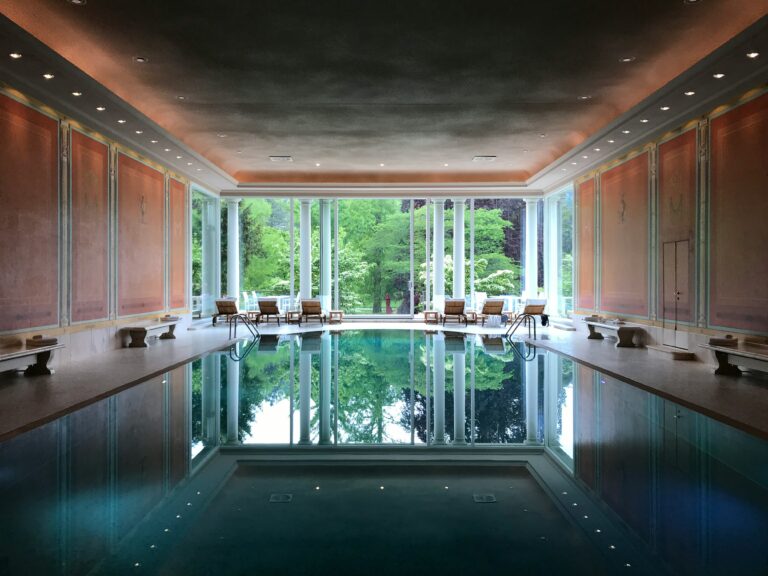 Swimming Pool Dehumidifiers
Swimming Pool Dehumidifiers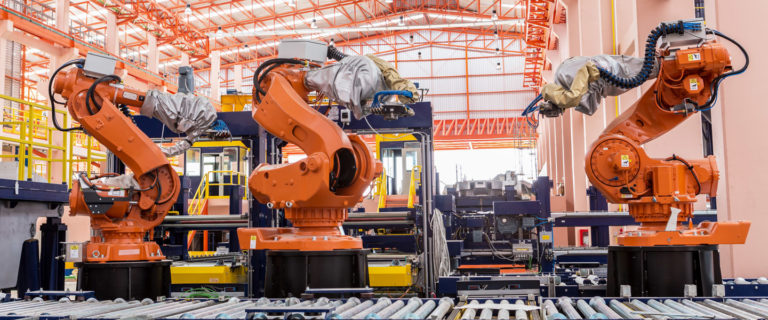 Industrial Products
Industrial Products Air Curtains
Air Curtains Destratification Fans
Destratification Fans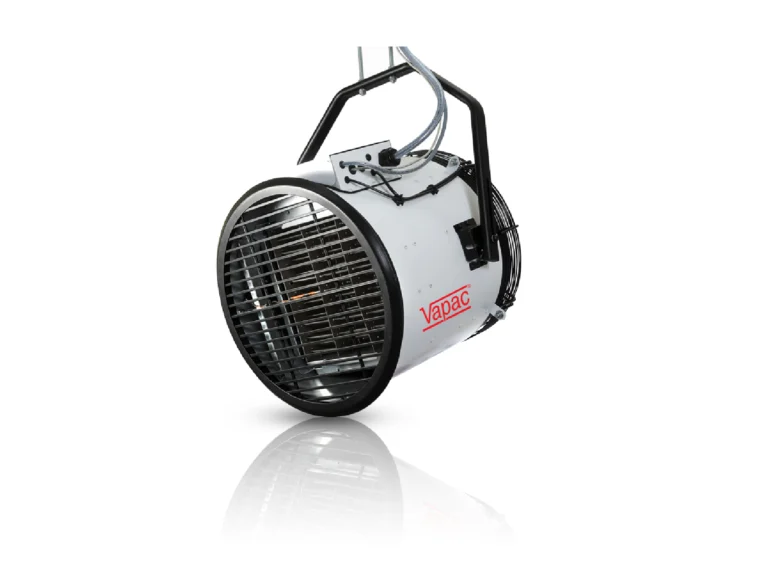 Electric Heaters
Electric Heaters- Climate Wizard Adiabatic Cooling
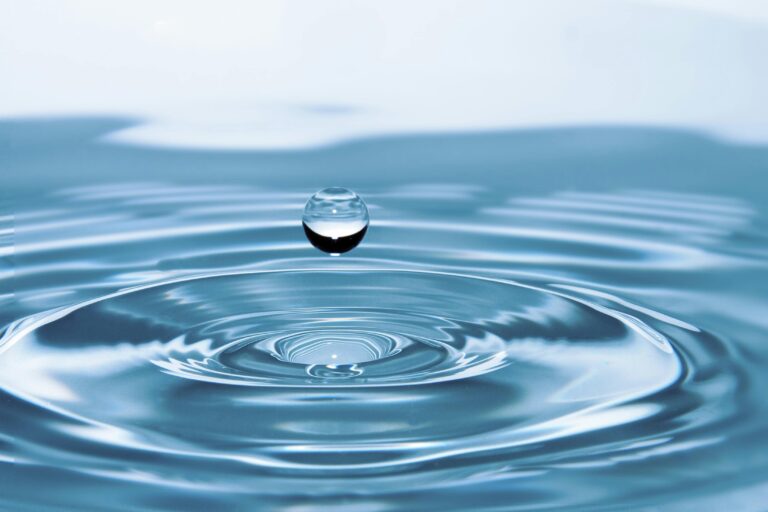 Water Treatment
Water Treatment Steam Room Generators
Steam Room Generators
Guide to Choosing an Adiabatic (Cold-Water) Humidifier
Adiabatic cold-water humidifiers are growing in popularity due to their low energy consumption, which can be an economical way to humidify. However, selecting the right unit for a space can be a complex process due to the variety of technologies available and the unique challenges of each application.
Cold-water humidification is suitable for a wide range of industries and applications, from maintaining the right climate in wood processing facilities to plant germination rooms and printing production facilities.
In this guide, we will cover:
- The different types of cold-water humidifiers available for commercial and industrial use
- Key applications and benefits of cold-water humidifiers
- Important factors to consider when selecting the right humidifier for your space
What is a Cold-Water Humidifier?
A cold-water humidifier uses mechanical means to generate a mist that is absorbed into the air. There are typically three types of cold-water humidifiers that exist on the market:
Evaporative humidifiers such as the Neptronic SKV use a wetted media to add moisture to an airflow. These units can be fitted into ductwork or operate as a standalone unit for in-room humidification. Water is fed from the top of the panel to wet the media. As dry air passes through the humidifier, the air absorbs the moisture from the wet media, which increases the humidity levels.
High-pressure humidifiers use a pump to atomise water into a fine mist. These systems are made of multiple components, including nozzles that distribute the mist evenly across different zones. This design makes them ideal for tailored humidification in large spaces, offering a cost-effective solution with the added benefit of free cooling during the summer months.
Ultrasonic humidifiers contain a vibrating disc, also known as an oscillator. The disc vibrates at a frequency which causes water to vaporise into microscopic droplets. This generates a fog-like mist that can easily be absorbed into the atmosphere and is considered a highly precise method of humidification. Ultrasonic humidifiers are suitable for in-duct or in-room installation.
Adiabatic (Cold-Water) Humidifier Applications
Adiabatic humidifiers can be applied to a wide range of applications that include:
- Clean rooms and laboratories
- Data centres
- Plant germination rooms
- Wine cellars
- Wood processing and storage
- Paint shops
- Commercial buildings
- Greenhouses
- AHUs
Laboratories and Cleanrooms
Laboratories and clean rooms require precise environmental control to ensure accurate testing and research outcomes. Consistent temperature and humidity are key to producing reliable results when working with sensitive materials, products, and formulations. Ultrasonic humidifiers are ideal for these settings, as they produce ultra-fine water droplets that enable rapid humidity adjustments and consistent moisture distribution throughout the space.
Printing Facilities
In printing facilities, low humidity can lead to paper shrinkage, static build-up, and misfeeds. High-pressure humidification systems combat these issues by delivering a fine mist of water into the air through nozzles, enabling fast evaporation and uniform humidity distribution.
These systems are energy-efficient and can cover large areas with minimal water and energy consumption, which makes them cost-effective for large-scale printing operations. Additionally, by stabilising the moisture content of paper and substrates, high-pressure humidifiers help maintain alignment, colour accuracy, and overall print quality.
Their integration into existing HVAC systems is typically straightforward, and their low maintenance requirements further enhance their appeal for demanding, high-output printing environments, with the added benefit of free cooling.
Data Centres
In data centres, low humidity can lead to electrostatic discharge (ESD), potentially damaging servers and other components, while excessive humidity can cause condensation, leading to short circuits and corrosion. Evaporative humidifiers help maintain an optimal relative humidity, typically between 40% and 60%, reducing these risks.
They are recommended for use in data centres due to their efficiency, low energy consumption, and ability to maintain precise humidity levels, which are critical for protecting sensitive electronic equipment. Their relatively low maintenance requirements and long operational life also make them a practical choice.
Sizing a Cold-Water Humidifier
Calculating the size of a cold-water humidifier for commercial use involves several steps to ensure it can maintain the target humidity levels efficiently and consistently across the entire space. Here are a few essential points to consider:
- Target relative humidity level
- Room volume/size
- Air Temperature – Preheating the air may be necessary due to the cooling effect of evaporative (adiabatic) humidifiers, depending on the application. For example, in a room maintained at 20°C, the air will cool as it passes through an evaporative humidifier. To preserve the desired room temperature, the incoming air should be preheated to offset this cooling effect.
- Moisture load – Consider current RH, air exchange rates, internal heat sources, a/c systems, materials that absorb or release moisture, and existing machinery.
- Type of cold-water humidifier – Choose between evaporative, high-pressure, or ultrasonic systems
- Distribution method – Should the system be in-duct or in-room? Are any existing HVAC systems available for integration?
- Area water quality – Depending on the local water quality, water treatment methods such as reverse osmosis may be necessary
When using cold water humidification, hygienic water sources are essential in maintaining safety. This can come from purified water sources like reverse osmosis (RO) water systems, UV treatment, and anti-bacterial silver ion filters. Water purification will also increase the longevity and maintenance of equipment by preventing mineral buildup. Cold water humidifiers are currently the only type of humidification system that can create customised zones within large open spaces like factories and warehouses.
Need help? For expert guidance on cold water humidifiers, please contact our humidity control team on 01372 571 200 or use our contact form, and one of our advisors will be happy to help.

